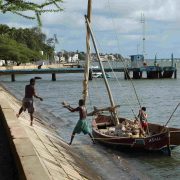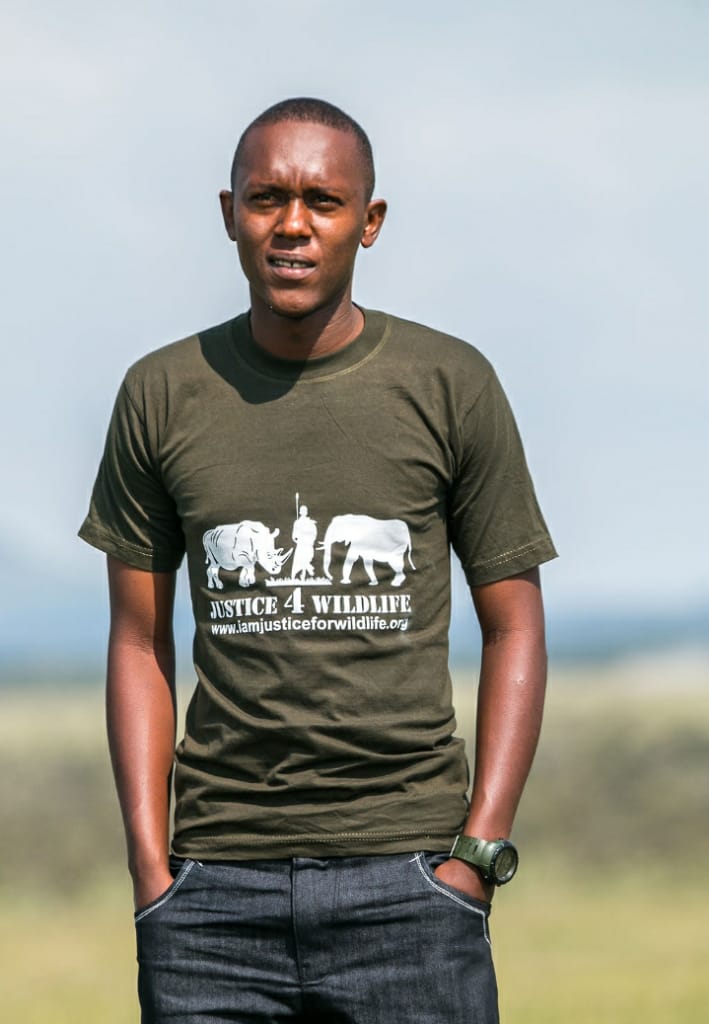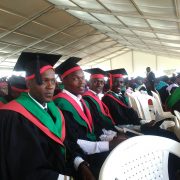Lamu old town is a picturesque Swahili town frozen in time and embellished with antique Swahili settlement architecture, illuminated daily by glowing sunrises and sunsets. Turquoise waters of the Indian Ocean playfully lap its idyllic shores that have remained cocooned away from the dictates of ‘modern’ life. Intricate winding streets too narrow for cars are dotted with donkeys, the main mode of transport in this oldest and best-preserved Swahili settlement.
Grand and elaborately engraved house doors line either side of the streets forming a delightful guard of honour as one strolls through this 700-year-old town. So unique is this hidden iconic treasure that Lamu old town is inscribed in the UNESCO World Heritage site List along with other quintessential cultural sites like Tahj Mahal in India, Timbuktu in Mali, Old City of Jerusalem in Israel and Giza Pyramids in Egypt. As visitors and tourists can attest, the real treasure of Lamu is its warm, kind, welcoming people who have by and large maintained their cultural way of life and preserved their pristine environment. While the rest of Kenya contends with an alarming reduction of forest cover, Lamu County has approximately 18% forest cover, is home to unique indigenous forests as well as 70% of all the mangrove forest in Kenya. Lamu old town is located on Lamu Island which forms part of the greater Lamu County which is comprised of mainland Lamu and the Lamu Archipelago.
A planned 1050MW coal-fired power plant to be located in Kenya at Kwasasi, about 21km from Lamu old town threatens to shatter not only this world heritage site but also the health, environment and livelihoods of Lamu County residents. 975 acres of farmland, mangrove forests and indigenous flora are to be cleared to set up the fossil fuel plant. Grave and legitimate concerns have been raised ranging from the economic viability of the project to detailing how the plant will irreversibly alter livelihoods, fragile ecosystems, fishing grounds and air quality of Lamu mainland and the Lamu Archipelago. The proposed 2.1 billion dollar plant is a project of Amu Power Company Ltd. The plant will unsurprisingly be largely funded by financiers from China, which is the biggest emitter of greenhouse gases. Not to be left out, the American conglomerate General Electric (GE) in 2018 signed an agreement to design, construct, maintain the coal plant as well as a proposed share acquisition in Amu Power.
At the heart of opposition to the planned plant are the correlated environmental and health ramifications of coal power production. Ahmed Ali, founder of Lamu Youth Alliance is deeply concerned. He contends that Lamu residents may soon be breathing toxic air and eating tainted food cultivated on lands contaminated with heavy metals from acid rain, all because of an uneconomical and superfluous project. Ahmed added that the unwarranted and controversial developments like the coal plant or the massive port under construction will not only impact the cultural heritage in Lamu but may also lead to a loss of UNESCO world cultural Heritage Status.
Coal ash from the plant will be disposed in ash pits which will inevitably contaminate groundwater, ocean waters and marine ecosystem through leaching, spills or even monitored discharges. most residents in Lamu depend on wells and borehole water for domestic use and contaminated groundwater is thus a real and potent health risk. An analysis of 2018 data from 265 coal-fired power plants in the USA carried out by the Environmental Integrity Project and Earthjustice found that 91% of those plants were contaminating groundwater with unsafe levels of coal ash heavy metals like arsenic.
Nitrous oxides from coal combustion cause cardiovascular and lung diseases and children are particularly susceptible to such airborne pollutants. Particulate matter from coal combustion is associated with smog, respiratory diseases, cardiac diseases, low birth weight and premature births. Sulphur dioxide and nitrogen oxides similarly contribute to the formation of nitrates and acid rain which acidifies water bodies, damages vegetation and coastal ecosystems. Whereas the above repercussions will be felt profoundly in Lamu, neighbouring counties and the country in general, the plants carbon dioxide emissions will spawn global consequences. Carbon dioxide emissions from this single plant will equal the current total emissions of Kenya’s entire energy sector thus doubling the national carbon dioxide emissions and contributing to accelerated climate change. Manda bay area where the plant is to be situated is endowed with extensive mangrove forest, seagrass beds and coral reefs. Dredging to operationalize the plant will result in permanent loss of those habitats. Warm water discharge from the plant and into the sensitive Lamu marine ecosystem will be detrimental to organisms like corals and other marine creatures but conducive for invasive species to thrive. Khadija Shekuwe, the coordinator of Save Lamu, believes that the plant is detrimental. “Communities in Lamu are marginalised and women in rural-based marginalised communities experience marginalisation quite acutely. Such a toxic project only aggravates the state of affairs.” She also stressed that Lamu residents generally struggle to meet their basic needs and will not afford healthcare for ailments caused by coal combustion. Khadija added that boreholes in Lamu which residents, especially women, depend on for water for domestic use was turning salty and contamination of groundwater will exacerbate the water stress or force residents to consume contaminated water.
There is a global coming to terms with the toxicity of coal and its longstanding hazardous effects on human health and the environment. Coal consumption for energy production in the US energy sector has been shrinking for 12 years and is projected to decline by a further 8% in 2019. Across the Atlantic, EU leaders have endorsed the objective of reducing Europe’s greenhouse gas emissions by 80 – 95 % by 2050, as compared with their 1990 levels. The German Coal Commission has recommended coal-fired power generation be completely ended by 2038. Coal energy is peddled as being low-cost. However, when factored in, the social and environmental costs of coal-generated electricity like pollution, greenhouse gases and terminal diseases make the full price of coal-fired electricity substantially expensive. Justification for such a counterproductive development in Kenya is lacking bearing in mind that demand for electricity has not outstripped supply. Kenya’s peak energy demand currently stands at about 1,832MW against a total installed capacity of 2,351MW. Plans to increase energy generation capacity should focus on renewable energy. Kenya is endowed with a mix of renewables like geothermal, hydro, wind, solar and biomass which are all begging to be harnessed. Installed geothermal energy capacity stands at 690 MW against a potential capacity of between 7,000 MW to 10,000 MW. A host of geothermal plants are planned and the 54.6MW Garissa Solar plant commenced operations in late 2018. The Lake Turkana Wind power farm is now operational and is expected to add about 310MW when operating at maximum capacity. Renewable energy is capable of sustaining energy demands in Kenya for the foreseeable future as rapid technological advancements in the renewable sector gather pace. The injection of the above Megawatts into the national grid has made the Energy Regulatory Commission (ERC) change the tune. The ERC which had earlier dismissed objections raised by civil society and energy specialists about the viability of the coal plant released a statement warning that creating too much-installed capacity without proven demand to absorb the same will lead to under-utilised capacity which must be paid for by end-consumers. The regulator also recommended that projects like the planned coal and nuclear plants be delayed for some years and the capacity of the 1050MW coal plant be reduced by half. This shift of stance is profusely welcome yet worrying for it points to either poor strategic planning by authorities in the sector or mischief by politicians and ‘tenderpreneurs’ wanting to force through an unnecessary project just to make profits. The project ought not to be slowed down but entirely done away with.
The Kenyan Constitution guarantees the right to a clean and healthy environment including the right to have the environment protected for the benefit of present and future generations. Coal is considered the dirtiest of all fuels and is therefore at absolute odds with the right to a clean and healthy environment. Omar Elmawi of Decoalonize Africa which works to halt new coal infrastructure in Africa while encouraging clean, renewable energy questions why the government plans to utilise dirty fuel while the President continues pledging a 100% transition to green energy to help fight climate change. Mr Elmawi also expressed frustration at the impending loss of livelihood for fishermen who operate out of Manda Bay where warm water from the plant will be released into the ocean. He also faulted the transparency of the planned resettlement process for those who whose farmland are to be compulsorily acquired since there have been allegations of imposters appearing on the government compensation list for the planned compulsory acquisition while some affected landowners were allegedly allocated smaller acreage for compensation as compared to the land to be compulsorily acquired.
Coal remains the most polluting source of energy while renewable energy is a more sustainable economic development option, especially where the demand for energy is not acute. Kenyans must not be subjected to such levels of toxic pollution by an economically unfeasible project while viable opportunities of renewable sources of energy exist.
About the author
Leslie Olonyi is an Environment and Natural resources Lawyer. He is also a Mandela Washington Fellow under the Young African Leadership Initiative (YALI) and the UN Environment 2019 Kenya Bio Voice in the Africa Bio Voices Project.
Follow him on twitter @safarijunkie
“For most of history, man has had to fight nature to survive. In this century he has to realize that in order to survive he has to protect it.” Jacques-Yves Cousteau Here we celebrate the unsung wildlife heroes in the grassroots doing remarkable work to conserve our wildlife heritage, Get to learn about wildlife from a ranger/ ecologist in Kenya a freelance eco-traveler, experience the diverse cultures and African heritage from the natives and take an adventure to new destinations to learn about rare attractions that are hardly talked about and to top it all up some of the best wildlife photographs that will make you reconnect to your wild side appreciate everything around us and fall in love with the natural world, because “It is not enough to love the natural world; the point is to defend and preserve it.” Edward Abbey
Our wildlife, our responsibility. When it comes to standing up for our wildlife it’s better to be outspoken than unspoken.




